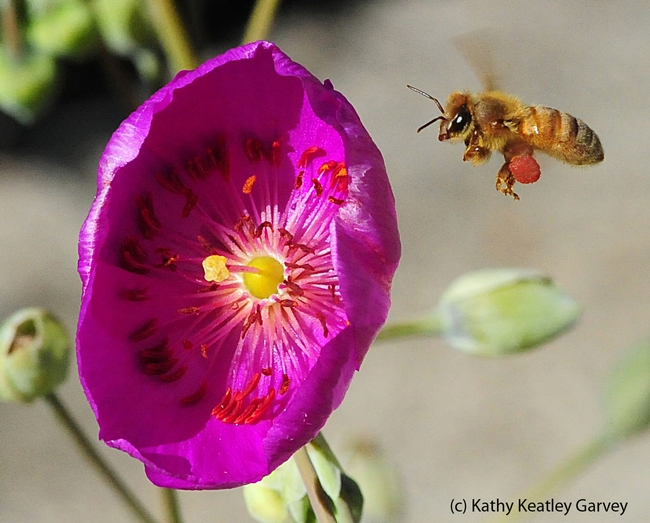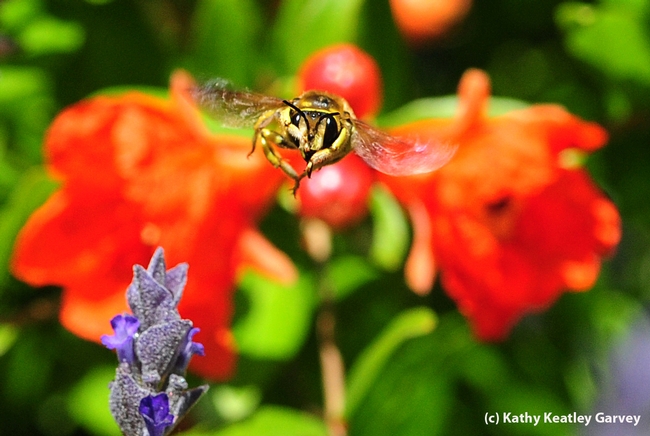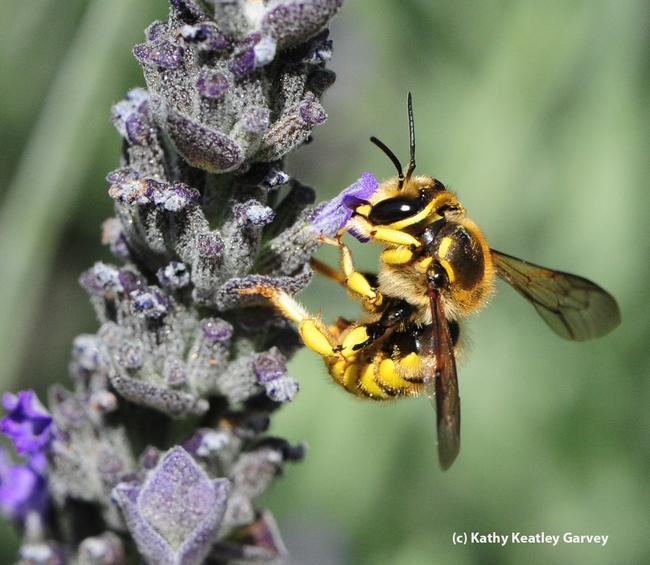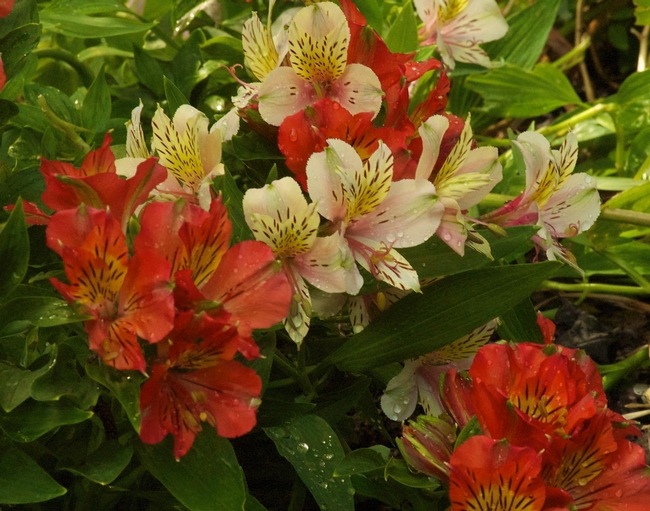UC Blogs
UC Riverside calculations help demonstrate food safety
Robert Krieger, UC Cooperative Extension specialist in the UC Riverside Department of Entomology, calculated that a child could consume hundreds or even thousands of servings of many popular fruits and vegetables in one day and still not experience any negative health effects from pesticide residues.
To make the Pesticide Residue Calculator, Krieger analyzed the highest residue levels found on fruits and vegetables by the USDA and calculated the number of servings which could be eaten in one day without any negative health effects from the pesticide residues that may be present, according to a news release by the Alliance for Food and Fiber.
"At the end of the day, I think it's the responsibility of all parents and all adults to encourage children to eat their fruits and vegetables to help ensure they have long and productive lives," said Carl Keen, professor in the Department of Nutrition at UC Davis.
The Alliance for Food and Farming is a non-profit organization that works to provide a voice for farmers to communicate their commitment to food safety and care for the land, according to the organization's website.

The goal of the Pesticide Residue Calculator is to assure parents it is safe to serve children as many fruits and vegetables as they will eat, whether they are conventional or organic.
Getting the Red Out
"Where do bees get red pollen?" we were asked. "We've seen bees packing blood-red pollen at the entrance to a hive."Well, one flower that yields red...

Honey bee packing red pollen from rockpurslane. (Photo by Kathy Keatley Garvey)

Honey bee heading toward rock purslane. (Photo by Kathy Keatley Garvey)
A Little of This and a Lot of That
Today was quite interesting! I’m trying to do something (anything) in the back yard and the crows continue to caw: nothing like having your yard used as flight training school. Somewhere in the high grass near the shed is a “baby” crow who is not too sure about how these feathery things work. The term “baby” is not too descriptive – he/she is larger than the size a dove but young nevertheless!
I almost stepped on junior(ess?) yesterday while checking out the progress or lack of it I’m making in the side yard. (After 2 weeks previously of hacking and whacking at the rambler roses there, I’ve relocated a large raised bed with nothing in it. Well, almost nothing – “Bobbie James” decided to toss a runner in there and now it sits – denuded, but lethal all the same. Can’t dig it up – did I mention that I’ve been hung up at home for 2
months with a badly sprained knee (a knee, you say, surely you mean an ankle); nah, a knee and without 2 decently working knees, one simply doesn’t dig – trust me, brace and all—it doesn’t work! So I do what any other dedicated gardener does: I just stood there and glowered at it! The bush didn’t take the hint – it wants to bloom. Giving it another very short haircut, and it looks soo much better already.
But I did find a project: making 13 boxes for the upcoming Succulent Box planting class. Bruce, the woodworker, cut all the pieces of wood to size and I put them together! Ok, so I put them together with a lot of stand-by assistance in the form of advice. Bruce sat in the garage cum workshop (garage, yes right – couldn’t get a car in there with a shoehorn or wax from a candle.
I have found out more about 45 degree angles and how not to cut them than I care to know. When I get back to work and the State Parks Department goes into the box-making business, I’ll be in charge! But, I’ll graciously decline the job. Seriously,
I can now understand why these things are expensive – they are time consuming. But that not all I did...
For a long time now, I’ve wanted to catalogue my books so that I can not only find one when I need it, but also to crack down on duplicates. You know, when you find 2 or 3 of one book but not the one you thought you had and desperately need now!
The whole process only took 4 days – emptying shelves, entering, and replacing. Another time consuming job, but one that’s done and over. I have only 12 duplicate copies of
volumes now to get rid of. I’ll be sending Jennifer a list in case somebody needs additional books for their gardening libraries. It was actually rather nice to go through the books and see which were my mother’s first and which she bought for me.
Well, I’ll quit for now. My this and that ideas are coming to the fore and I need to write myself a note for future ventures outside. I sure hope the crow learns to fly in a hurry so that I can go out to the back without the constant cawing and dive bombing from mom and dad. Heck, I’ll teach him/her how to fly myself!
So Very Territorial!
Whether it's coming or going, you notice this pollinator's presence. The European wool carder bee (Anthidium manicatum), so named because the female...

Male European wool carder bee is very territorial. Front, lavender blossoms. Back: pomegranate blossoms.(Photo by Kathy Keatley Garvey

European wool carder bee nectaring lavender. (Photo by Kathy Keatley Garvey)

European wool carder bee is strikingly beautiful. (Photo by Kathy Keatley Garvey)
A Gift from the Andes
‘Looking for the perfect plant? How about a perennial that’s easy to grow, comes in different sizes and colors, arrives early, often stays late, and is beautiful and long-lasting in a vase on your dining room table?
Meet the Alstromeria. Sometimes called Princess Lily, Inca Lily or Peruvian Lily, the exotic names hide the ease of growing this plant in the garden. Plants come in a variety of colors and sizes. They can be yellow, white, red, and purple, dwarf, medium or tall. They have few problems with pests or different soils. Alstromeria requires little attention but the taller varieties should be cut back if they begin to lay down. Snails are just waiting for them to hit the ground so it’s good to remove the temptation. Flowers begin to bloom in late spring and it’s productive to pinch off the earliest blooms. They usually bloom profusely and continue off and on throughout late summer.
Cleaning them up during the season is actually fun and easy. Just grab a stem and pull it right out of the ground. This is also the way to pick them. The more you pick, the more they bloom. Their bulbs remain underground so they come right back the next spring.
The South American native has become increasingly popular and easy to find in local nurseries. As its familiarity has grown so have the variety of colors and sizes. Alstromeria likes our cool nights and warm days and requires very little care. If the soil is well drained and a thin layer of mulch is applied they stay pretty happy ... and so do we.

Red alstromeria. (photo by Tom Burton)

